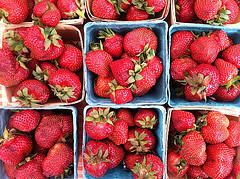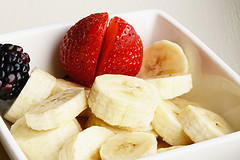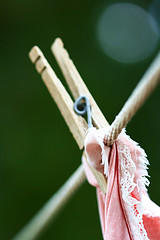If an international vacation is in your future, you'd be well advised to read on. Here, we've compiled six zany, wacky laws from countries all across the globe.
1. In France, 70% of radio music played between 8 a.m. and 8 a.m. must be by French composers. Another weird French law? You must carry a portable Breathalyzer in your car at all times — or risk having to pay a fine. (Yes, this law applies to tourists, too!)
2. Better bring a cover-up if you're headed to the beaches of Barcelona: It's illegal to wear swimsuits off the beaches of this Spanish city.
3. If you're a woman traveling in Saudi Arabia, make note: You must be escorted by a male relative or guardian at all times, and you're not allowed behind the wheel.
4. Don't empty your piggy bag to pay a public debt in Canada. Any debt exceeding 25 cents may not be paid in pennies.
5. In Australia, performing psychic or tarot card readings is considered witchcraft, and engaging in either activity is illegal.
6. Don't bring your cigarettes and chewing gum to Singapore. Here, smoking in public places is punishable by a hefty fine, and chewing gum while riding this Asian country's public transit is also against the law.
Strange Laws From Around the World [Nat Geo]
13 Funny International Laws You’d Never Know Were Real [Reader's Digest]
International Weird Laws [Law Guru]










 Equal Housing Opportunity
Equal Housing Opportunity